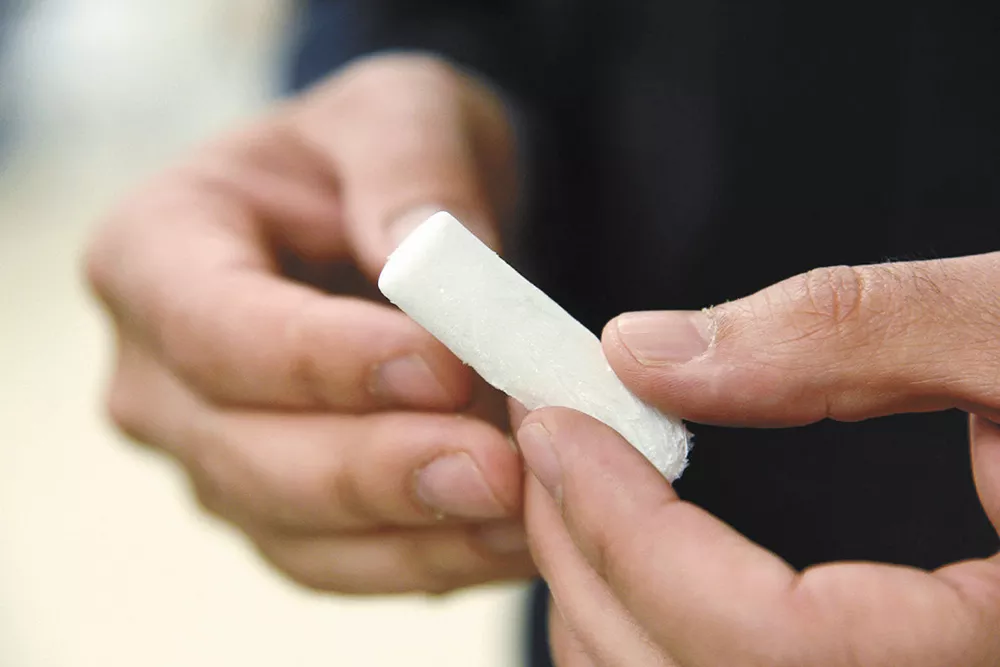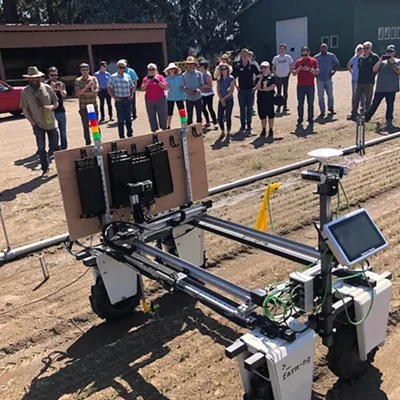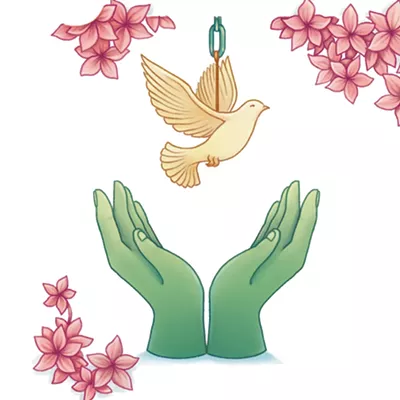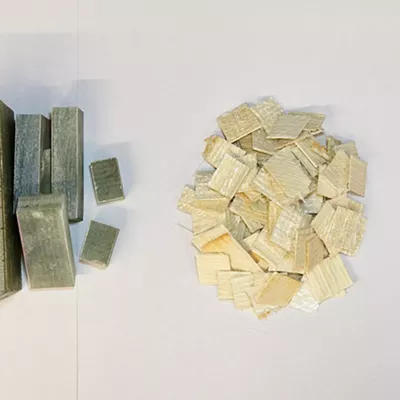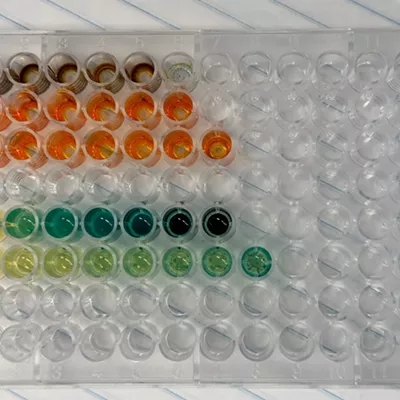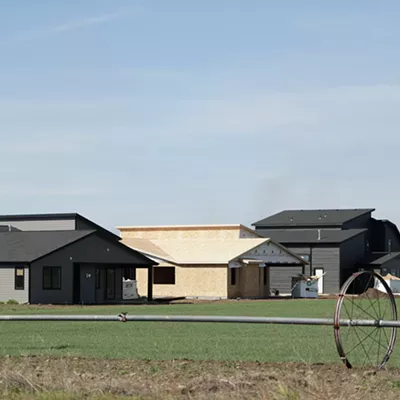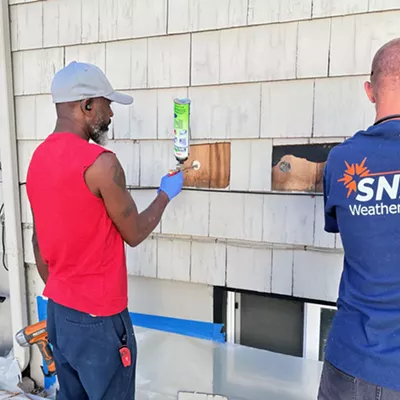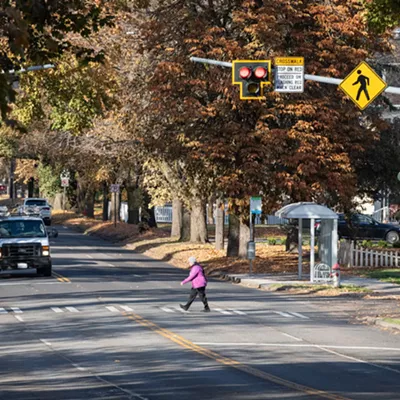Washington State University researchers have developed a Styrofoam replacement made out of plants that's light, strong and, importantly, insulates well.
While there are other substitutes made from plant cellulose on the market, so far not many of them offer the same strength or insulating properties as styrofoam that's made from petroleum products, a WSU news release about the research points out. It's noted that styrofoam is used for everything from building and construction uses to coffee cups and packing material.
"For the first time, the researchers report, the plant-based material surpassed the insulation capabilities of Styrofoam," the WSU news release states. "It is also very lightweight and can support up to 200 times its weight without changing shape. It degrades well, and burning it doesn't produce polluting ash."
On top of that, instead of using harmful solvents in the process of making the foam from nanocrystalline cellulose that's abundant in plants, the process developed at WSU uses water as a solvent instead.
The foam was developed by Amir Ameli, assistant professor in the WSU School of Mechanical and Materials Engineering, and Xiao Zhang, associate professor in the Gene and Linda Voiland School of Chemical Engineering and Bioengineering, and was published in the journal Carbohydrate Polymers.
"Our results demonstrate the potential of renewable materials, such as nanocellulose, for high-performance thermal insulation materials that can contribute to energy savings, less usage of petroleum-based materials, and reduction of adverse environmental impacts," Ameli says in the announcement.

